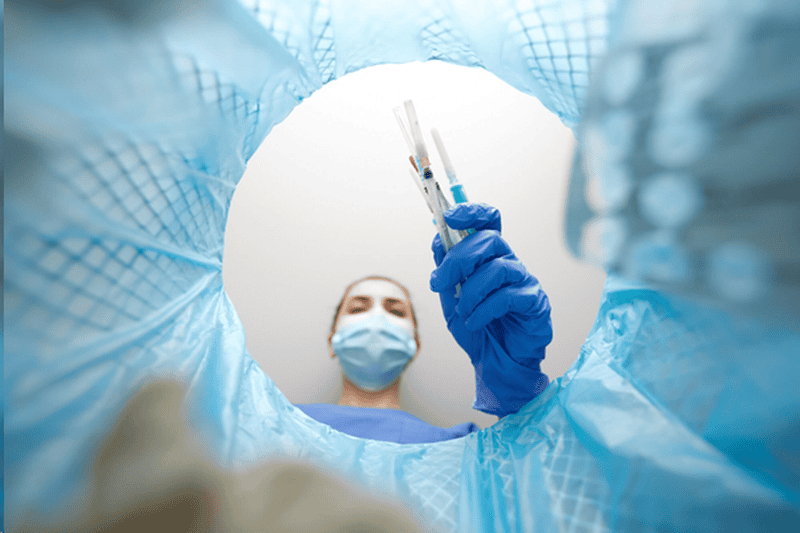Medical emergencies happen, and they should never be taken lightly. An average of 139 million people in the United States visit the emergency room annually. Helping these individuals receive the care and treatment they need is paramount, but it’s fair to wonder what happens to the medical waste.
To comply with OSHA, it’s essential to know how to dispose of biohazard waste, from radioactive items to used bandages. Failure to follow the classes of regulated medical waste could land you in a heap of trouble.
Guidance through the medical waste disposal guidelines is vital to operating your clinic, and you’ve found the perfect resource to guide you. Continue reading to learn more about medical waste today!
What Is Medical Waste?
Medical waste is a specific type generated at hospitals, urgent care centers, and other clinics. Most medical waste examples are contaminated with blood, infectious materials, and other bodily fluids that could prove harmful to your health.
Proper disposal of these items will help keep others safe. Learning the process of medical waste is the best way to ensure compliance with OSHA.
What Happens to Medical Waste?
You’ll find several solutions to disposing of medical waste from your clinic. Each option has pros and cons, and it’s up to you to determine the method that works for the waste you’re generating and your environmental goals. Here’s a look at your top options.
1. Autoclaving
Autoclaving is popular for sterilizing items by using steam. It’s effective when combating microbiological wastes. The drawback is that it’s ineffective against toxic chemicals and pathological waste.
2. Biological Treatments
You can also use biological treatments to limit your waste and meet the medical waste disposal guidelines. The process uses enzymes to eliminate infectious organisms on the waste items. It’s a newer waste disposal option that is gaining popularity.
3. Chemical Disinfection
Chemical disinfection is a potent option for Medical Waste Disposal. It’s best used with chemical and liquid waste at your clinic, and Chlorine is the go-to chemical for the process. Avoid using chemical disinfection if the waste is heavily contaminated.
4. Irradiative Steriliztion
Microwaves are a powerful way to produce heat, and you can use them to disinfect and eliminate medical waste at your clinic. The waste gets shredded before getting mixed with water. The waste gets heated, and the heat eliminates all biological aspects.
5. Incineration
Incineration has long been the go-to option when diving into what happens to medical waste. It’s common with pharmaceutical and pathological waste.
The incinerators reach 2,000 degrees Fahrenheit. The high temps ensure all dangerous waste is eliminated.
Now You Know What Happens to Medical Waste
Medical waste is a significant challenge for hospitals and healthcare clinics that adhere to OSHA guidelines and rules. Knowing what happens to medical waste will help you manage your clinic’s waste and prevent the spread of illness and disease. Incineration is a common waste management method, while biological treatments using enzymes are excellent for items contaminated with blood.
The healthcare system is designed to help you and ensure your safety. Read our Health and Medical content to learn more about how the healthcare system and treatment options work today!
Article Submitted By Community Writer




